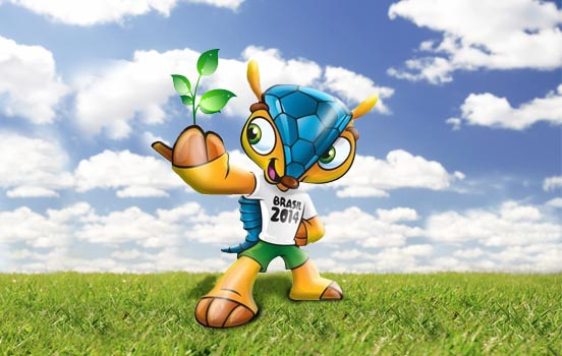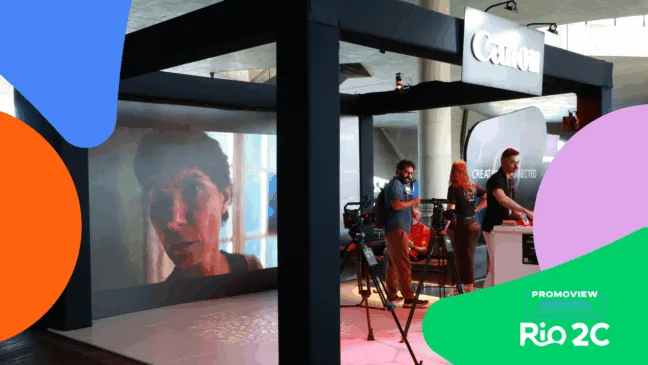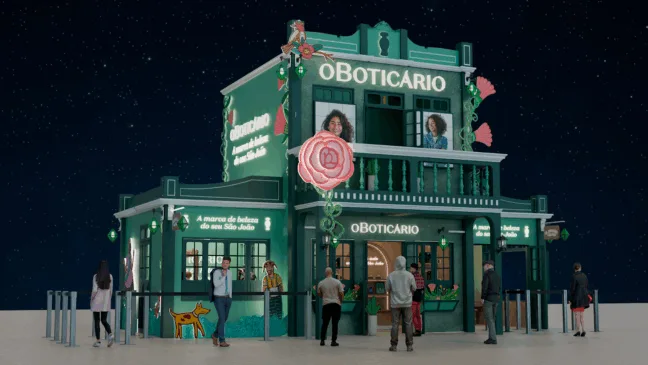Fifa admitted, earlier this month, that the World Cup this year in Brazil may not be the “greenest” of them all, although the authority ensures that it had implemented the most intense sustainability strategy in the history of this championship.
FIFA ‘s director of social responsibility, the Argentinian Federico Addiechi, told in a news conference that the emission calculations for the 2014 World Cup “match” with the previous analyzes that took place in South Africa in 2010, representing a generation of 2.7 million tons of carbon dioxide (CO2).

In South Africa, after the tournament, the calculation of emissions reduced to 1.6 million tons of CO2, since there were fewer viewers than those that were expected.
Addiechi said that FIFA cannot comment on the accuracy of the calculations for the last World Cup, since they were conducted by the South African government, without any access granted to the authority.
The leader assured that, in Brazil, just as in Germany’s female World Cup in 2011, forecasts are “accurate” because “FIFA and the Local Organizing Committees (LOC) have access to data.”
In Brazil’s case, about 80% of the emissions correspond to long flights, which will be needed because of the distance between the sub-headquarter, although, according to the director, this number is offset by the fact that Brazil’s energy matrix is “cleaner” than South Africa’s – about half of the energy consumed in Brazil is renewable, and around 80% of electricity is produced in hydroelectric plants.
The World Cup in Brazil is the first in history in which FIFA and COL decided to implement a joint strategy for sustainability.
“This is the first sustainability strategy. It is by no means perfect, but it is wide. Planning and perfecting these kinds of things is always difficult, and we always would like to have done more, but it is the most intense strategy that has already come to life. It is way better than what we did in the past”, said Addiechi.
Also for the first time, the organizers have voluntarily committed to make all of the 12 stadiums that will receive matches of the World Cup have LEED’s sustainability certificate.
To achieve these certificates, materials from the stadium’s works were reused and measures of energy and water saving were taken, such as the installation of photovoltaic solar panels and rain capitation systems.
From the 2018 World Cup in Russia on, these certificates of sustainability will be a requirement for stadiums and FIFA will also make other “green” elements mandatory.











